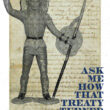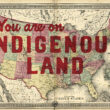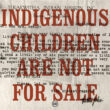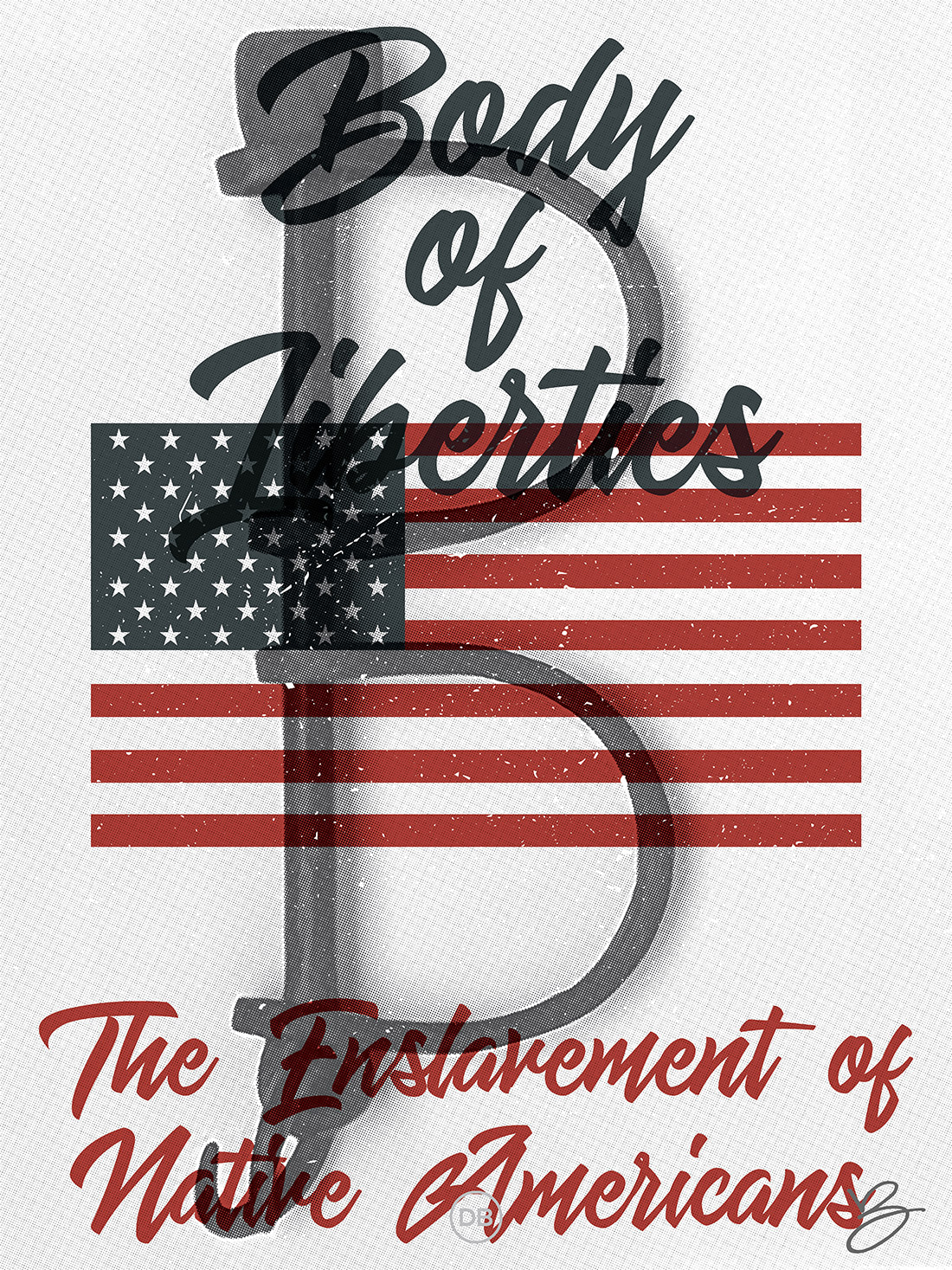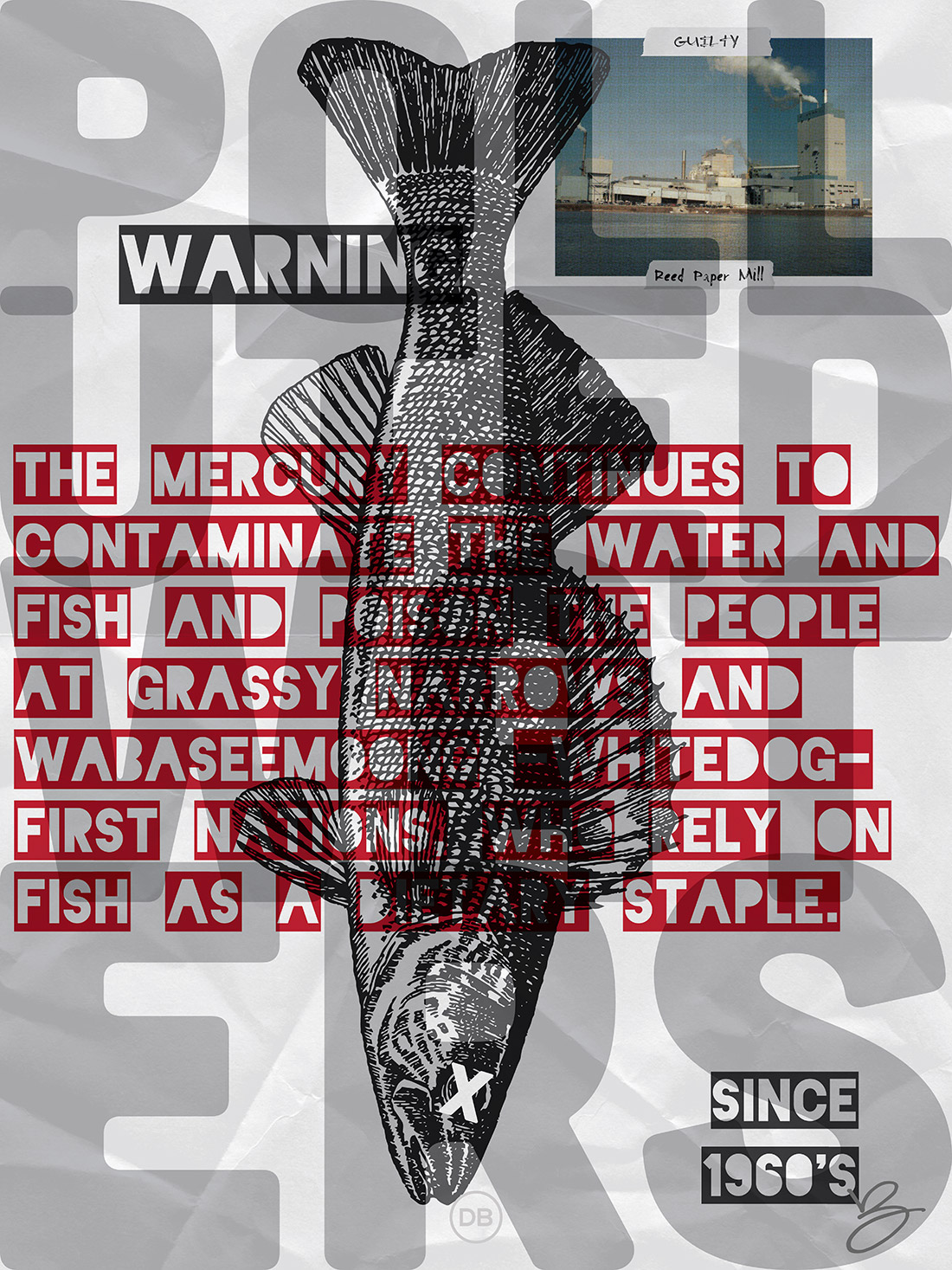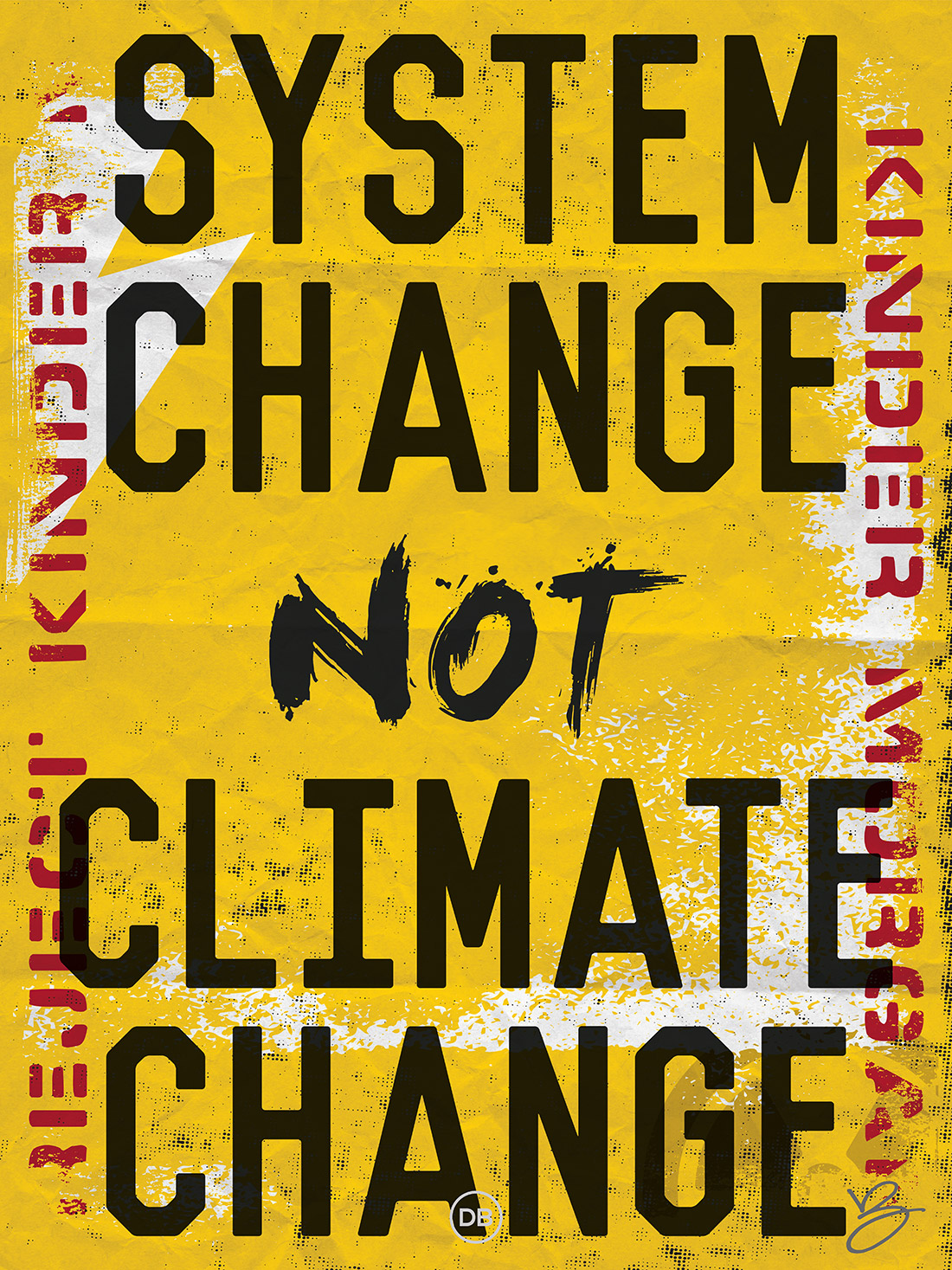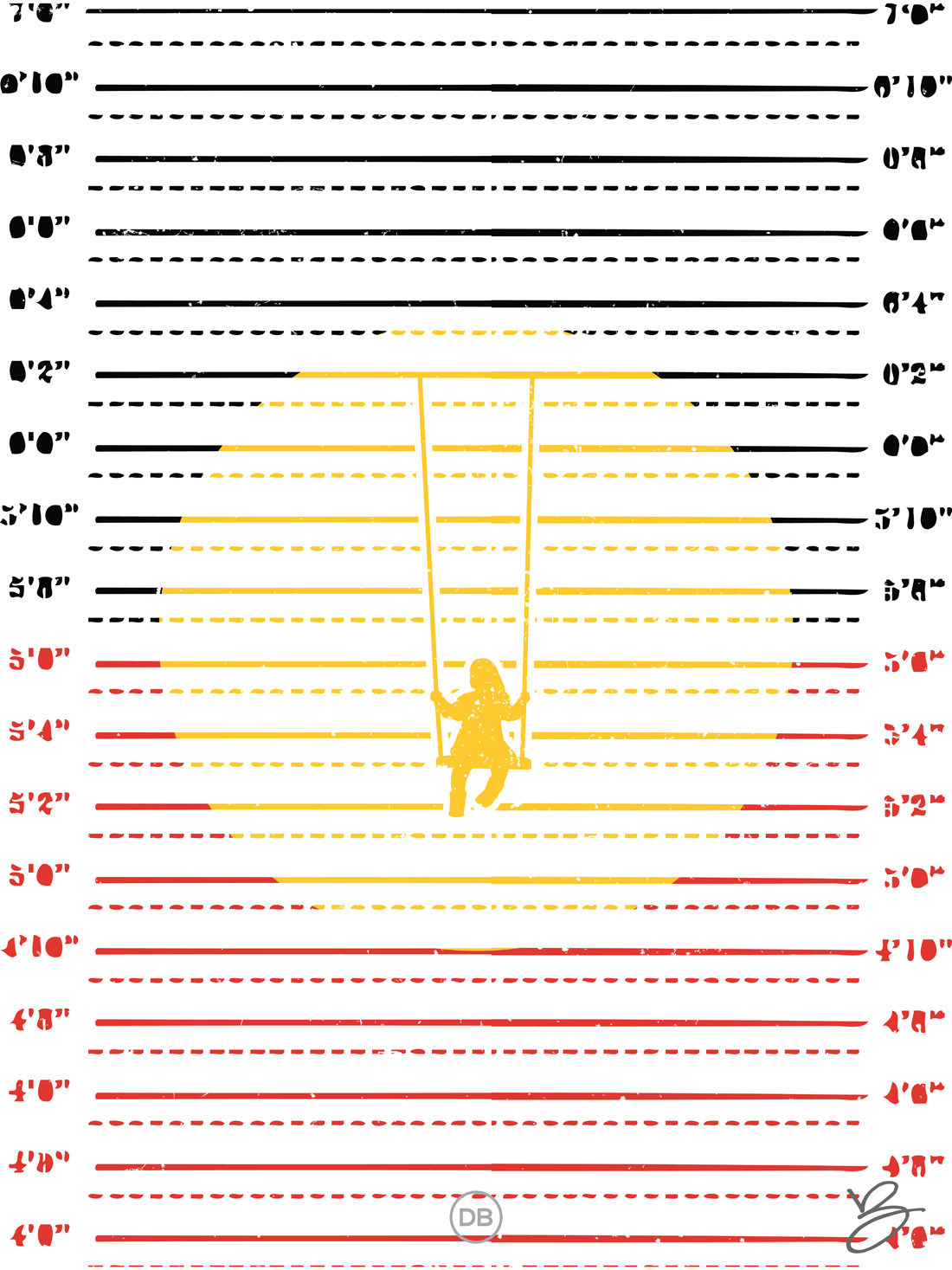Articles
“Here are three scenes from the history of slavery in North America. In 1637, a group of Pequot Indians, men and boys, having risen up against English colonists in Connecticut and been defeated, were sold to plantations in the West Indies in exchange for African slaves, allowing the colonists to remove a resistant element from their midst. (The tribe’s women were pressed into service in white homes in New England, where domestic workers were sorely lacking.) In 1741, an 800-foot-long coffle of recently enslaved Sioux Indians, procured by a group of Cree, Assiniboine, and Monsoni warriors, arrived in Montreal, ready for sale to French colonists hungry for domestic and agricultural labor. And in 1837, Cherokee Joseph Vann, expelled from his land in Georgia during the era of Indian removal, took at least 48 enslaved black people along with him to Indian Territory. By the 1840s, Vann was said to have owned hundreds of enslaved black laborers, as well as racehorses and a side-wheeler steamboat.
A few years after the conclusion of the war, in 1641, the colonists of Massachusetts Bay passed the first formal law regulating slavery in English America, in a section of the longer document known as the Body of Liberties. The section’s language allowed enslavement of “those lawfull Captives taken in just warres, and such strangers as willingly selle themselves or are sold to us,” and left room for legal bondage of others the authorities might deem enslaved in the future. The Body of Liberties codified the colonists’ possession of Native workers and opened the door for the expansion of African enslavement.”
– Slate, America’s Other Original Sin.
“How many Native Americans were enslaved in the last 500 hundred years? History reporter Rebecca Onion helps bring some clarity to the question in a cover story for Slate.
Brett Rushforth, the author of America’s Original Sin: Racism, White Privilege, and the Bridge to a New America, believes between 2 million to 4 million indigenous people were enslaved in the Americas. While that’s not as large as the 10 million Africans who were brought as slaves, he argues that it represents a significant segment of the slave trade.
“If you go up to about 1680 or 1690 there still, by that period, had been more enslaved Indians than enslaved Africans in the Americas,” Rushforth tells Slate.
Onion provides several examples of the trade. Apaches and other Plains tribal members ended up in the Caribbean after being sold in present-day Canada, she reports.
“There were Plains Apaches who showed up on sugar plantations in Martinique,” Christina Snyder, the author of Slavery in Indian Country: The Changing Face of Captivity in Early America, tells Slate.
The Caribbean was also the destination for Pequots and Wampanoags who were sold into slavery following King Philip’s War in the 1600s. Members of the Mashantucket Pequot Tribal Nation of Connecticut and the Mashpee Wampanoag Tribe of Massachusetts still maintain ties to Bermuda, where some of their descendants live. An annual powwow celebrates those ties.”
– Indianz.com, Slate: Historians put a number on Indian people sold into slavery.
Download
Download the 18″x24″ poster (.pdf), Indian Country 52 #47 – Body of Liberties (Slavery).
Close Ups



Indian Country 52
Indian Country 52 is a weekly project by David Bernie that uses the medium of posters that promote issues and stories in Indian Country.
Creative Commons License

This work by David Bernie is licensed under a Creative Commons Attribution-NonCommercial-NoDerivatives 4.0 International License. You may download, share, and post the images under the condition that the works are attributed to the artist.
